1. The Big Food Illusion

It sounds like a trick question, but it’s not: roughly three-quarters of the calories humans consume come from just 12 plant crops and 5 animal species. The stat comes from UN biodiversity reports, and while it may be rounded, the point stands. For billions of people, the menu is much smaller than it looks. Grocery stores feel full of variety but peel it back and most of us are eating the same basics. What seems like abundance is really repetition dressed in different flavors. The world’s dinner table is more uniform than we think, and that matters deeply.
2. Behind the 75%

This doesn’t mean only 17 species are eaten worldwide. Thousands of plants and dozens of animals feed people, but when you count calories, protein, and fats, a few dominate. Staples like rice, wheat, and corn make up much of what’s grown and eaten globally. Even in places with rich culinary traditions, these crops form the foundation. It’s not that the world lacks food variety, it’s that our plates rely on the same few building blocks. What began as convenience quietly turned into dependence, and that dependence now defines the diets of billions of people across the globe.
3. The Plant Royalty

Rice, wheat, and corn together provide over 40% of global calories. Joined by potatoes, cassava, soybeans, barley, sorghum, sugarcane, sugar beet, and oil palm, they make up the twelve plants feeding most of humanity. These crops succeed because they are calorie-rich, adaptable, and easy to trade. They can survive in different climates and fill countless meals, from porridge to bread to noodles. They are convenient, reliable, and profitable, which is why they dominate global agriculture. Over time, they’ve quietly shaped what we cook, what we sell, and what we call food, whether we realize it or not.
4. The Animal A-List
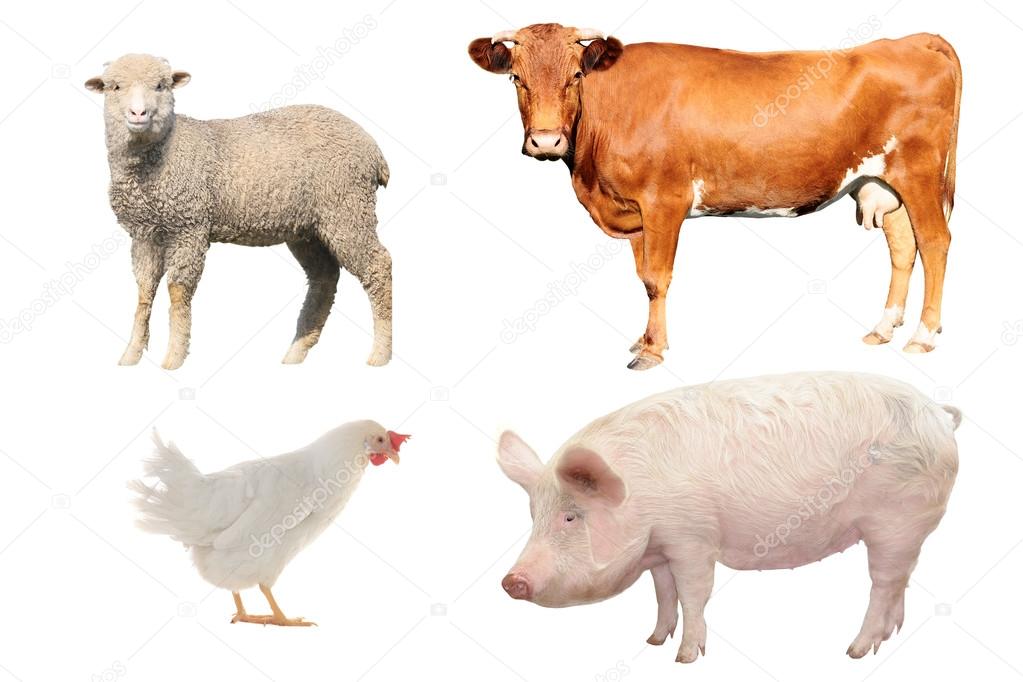
When it comes to meat and dairy, five animals take center stage: cattle, pigs, chickens, sheep, and goats. These species provide nearly all the milk, meat, and eggs consumed worldwide. Other animals like ducks, fish, and camels are important locally but don’t come close in global production. Industrial farming favors efficiency, and these five fits perfectly into that model. They grow fast, breed quickly, and feed massive populations. Every burger, omelet, and kebab you eat probably traces back to one of them. They’ve become the familiar faces of protein, shaping both diets and economies around the world.
5. How We All Started Eating the Same Food

A hundred years ago, what people ate depended entirely on where they lived. Millet filled bowls in Africa, taro thrived in the Pacific, amaranth grew in South America, and buckwheat fed parts of Asia. Globalization changed that. Trade and industrial farming pushed the most profitable crops forward and left many local ones behind. Over time, food systems became uniform. Now, a family in Kansas and a family in Kenya can fill their kitchens with the same staples. It’s convenient and efficient, but it has also quietly erased centuries of food diversity once rooted in local soil.
6. The Irish Potato Warning Label

History already gave us a warning. In the 1840s, Ireland relied heavily on a single crop, the potato. When blight struck, famine followed, claiming more than a million lives. Today, we face a similar risk on a larger scale. If disease or climate wiped out one of our key crops, billions could go hungry. The Irish tragedy reminds us what happens when food systems lean too heavily on one source. It’s a lesson in vulnerability disguised as abundance. Every bite we take from a limited menu is a quiet gamble against nature’s unpredictable hand.
7. Climate Change’s Favorite Target

When so much of our diet depends on so few crops, climate change has an easy target. Rising heat, unpredictable rainfall, and flooding threaten major staples like wheat and corn. Scientists warn that even a small drop in yields could starve millions. A diverse food system could absorb such shocks, but we’ve built one that teeters on uniformity. In the long run, it’s not just the weather that’s changing but our entire relationship with food security. Climate doesn’t need to destroy everything at once, only the few crops that keep the world fed.
8. Pests, Meet Your Buffet
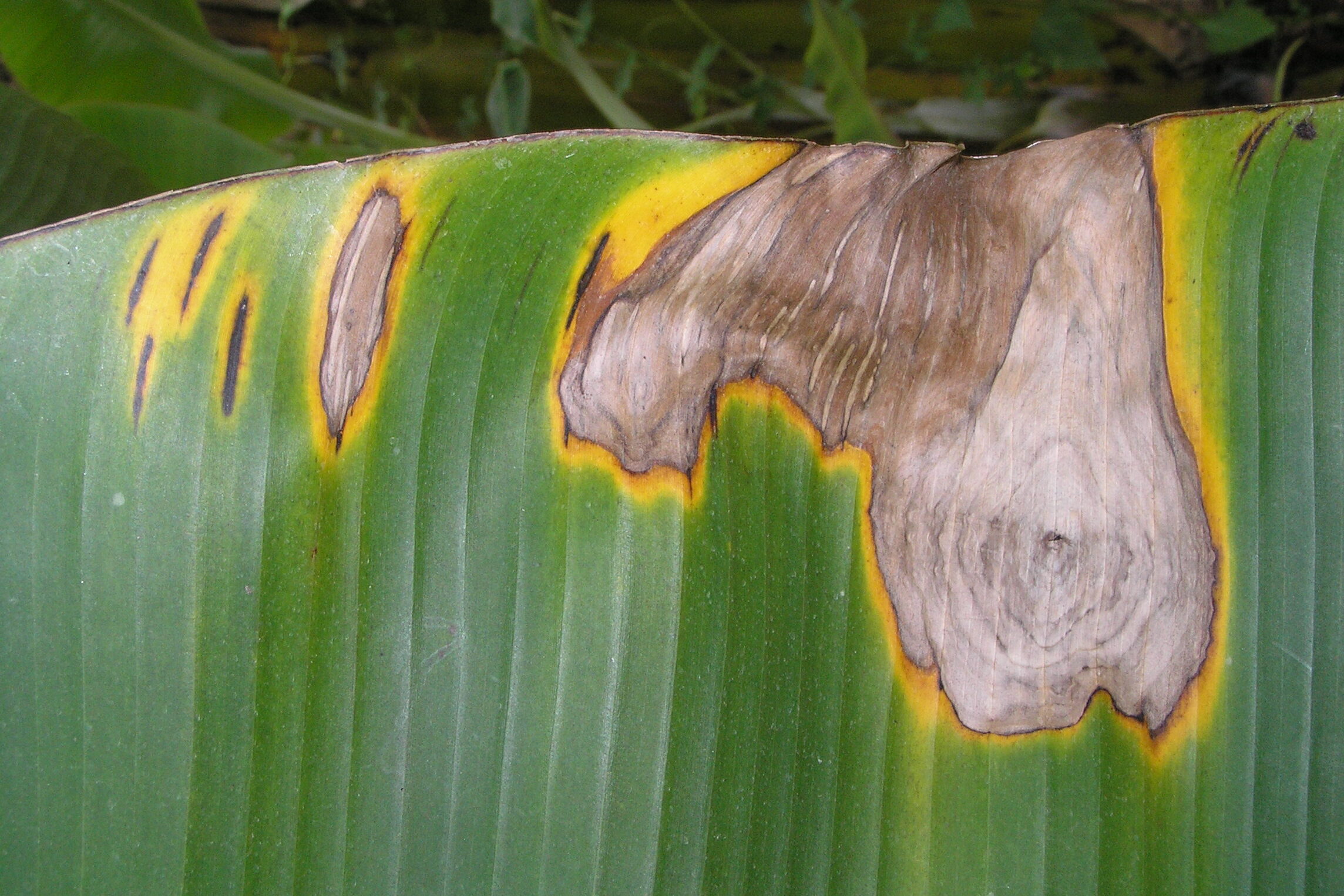
Uniformity makes farming easier for humans but paradise for pests. When millions of acres grow the same crop, insects and fungi find a feast. From banana blights to rust fungi in wheat, history shows how fast diseases spread through identical plants. Locusts can devour entire harvests in weeks. With diversity, one species can resist what destroys another, but monocultures offer no such defense. The system we’ve built makes pests’ work effortless. Biodiversity isn’t just beauty in nature; it’s protection on our plates. The fewer options we plant, the easier it is for nature to catch up.
9. The Livestock Bottleneck
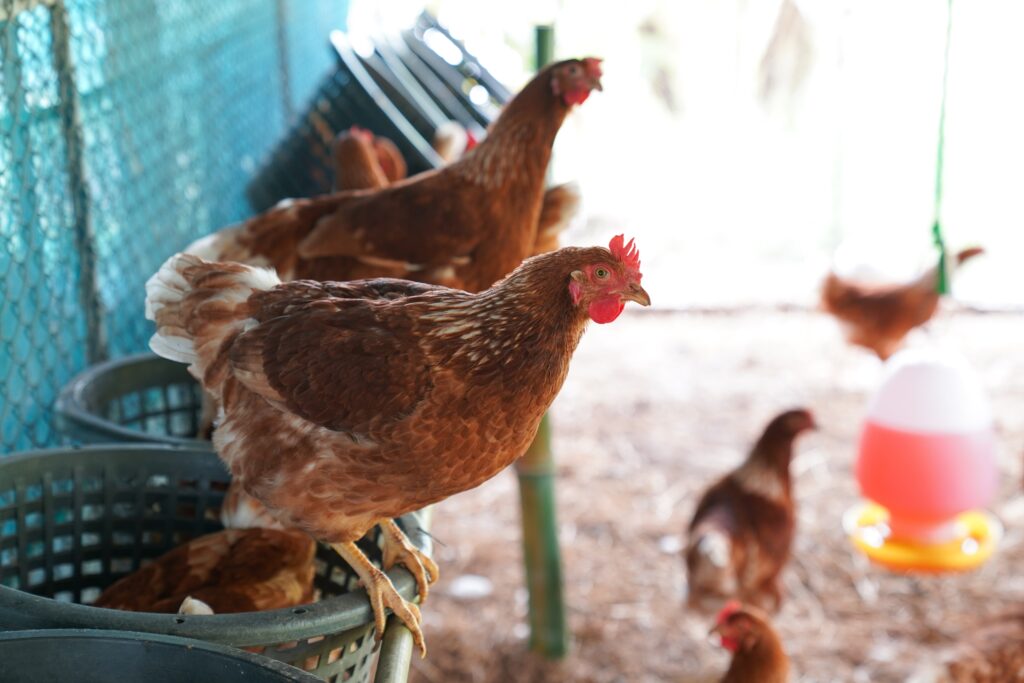
The same narrow pattern applies to animals. Chickens, pigs, and cattle dominate global protein production. They’ve made meat and dairy affordable for billions, but at a cost. A single disease outbreak like avian flu or swine fever can cripple supply chains and spike prices overnight. Other protein sources, like fish or insects, exist but rarely scale to industrial levels. Depending on just a few species may look efficient, yet it’s risky. When we shrink animal diversity, we build a food system balanced on fragile legs, where one infection can shake the entire global menu.
10. The Disappearing Menu

Humans once ate thousands of plant species, from wild greens to ancient grains. Now, fewer than 150 account for almost everything we eat, and just 12 provide most of it. Crops like teff, millet, and yams still grow, but they’ve faded from global markets. Each forgotten food means lost nutrition, flavor, and genetic resilience. These plants evolved to survive tough climates, yet we overlook them. As we standardize our diets, we erase nature’s toolbox. A smaller menu may seem simpler, but it leaves us less prepared for the challenges ahead.
11. Calories Without Nutrients

Staple crops fill stomachs but don’t always meet the body’s needs. Diets centered around rice, corn, or cassava can cause what experts call hidden hunger, where people get enough calories but lack essential vitamins and minerals. Traditional diets once included vegetables, legumes, and diverse grains that balanced nutrients naturally. Industrial agriculture changed that balance, rewarding volume over variety. The result is more energy but less nourishment. True food security isn’t just about quantity; it’s about quality. Without diversity, we may never truly feed ourselves well, even when our plates look full.
12. Why Industry Prefers It Simple
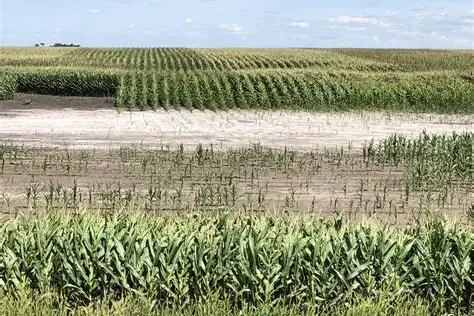
Agribusiness depends on efficiency. Growing fewer crops makes farming easier, cheaper, and faster to scale. Wheat, corn, and soy fit the model perfectly, and animals like pigs and chickens breed quickly enough to meet demand. For corporations, simplicity brings profit. Yet what benefits business doesn’t always protect people. A system built on sameness is one mistake away from collapse. The global supply chain thrives on control, but nature doesn’t play by those rules. The more uniform our food system becomes, the more fragile it grows beneath the surface.
13. The Forgotten 5,000

Humans have eaten more than 5,000 plant species across history, but today, only a handful dominate our diets. Thousands remain untapped, hidden in small farms and local markets. From ancient grains in Africa to wild greens in Asia, the world still holds incredible edible diversity. Reviving these crops isn’t nostalgia; it’s resilience. Some of these forgotten foods can withstand heat, drought, and disease. They may even hold the key to surviving climate shifts ahead. Every neglected seed carries potential that the modern food system has simply chosen to overlook.
14. The UN’s Alarm Bell

The “12 plants and 5 animals” fact isn’t random trivia: it’s a global warning. The United Nations uses it to call for more food diversity. When so much of our sustenance depends on so little, one disaster could ripple through every country. The organization urges nations to protect native crops, revive traditional foods, and diversify agriculture. If we fail, the loss won’t just be agricultural but cultural. What we eat reflects who we are, and a world with fewer foods is one with fewer stories, fewer flavors, and fewer ways to survive.
15. Time for a New Menu
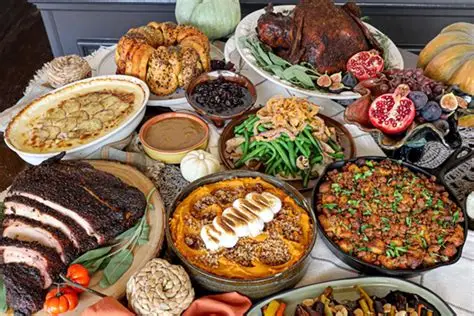
Experts say it’s time to rethink the plate. Bringing back crops like millet, yam, and quinoa or raising lesser-known livestock could make food systems stronger. Diversity protects against disease, climate, and hunger. It also reconnects us to traditions that valued balance over excess. If we continue relying on 12 plants and 5 animals, one bad harvest could shake the world. But if we open our menus again, we give ourselves choices. The world has thousands of foods waiting for rediscovery, and maybe the next bite is where the change begins.
So yes, it’s true: around 75% of the world’s food comes from just 17 species. That fact is both fascinating and frightening. It shows how efficient we’ve become, and how fragile our food system really is. Next time you bite into bread, rice, or chicken, remember you’re eating from the narrowest global menu in history.
This story Did You Know 75% of the World’s Food Comes from Just 12 Plants and 5 Animals? was first published on Daily FETCH


